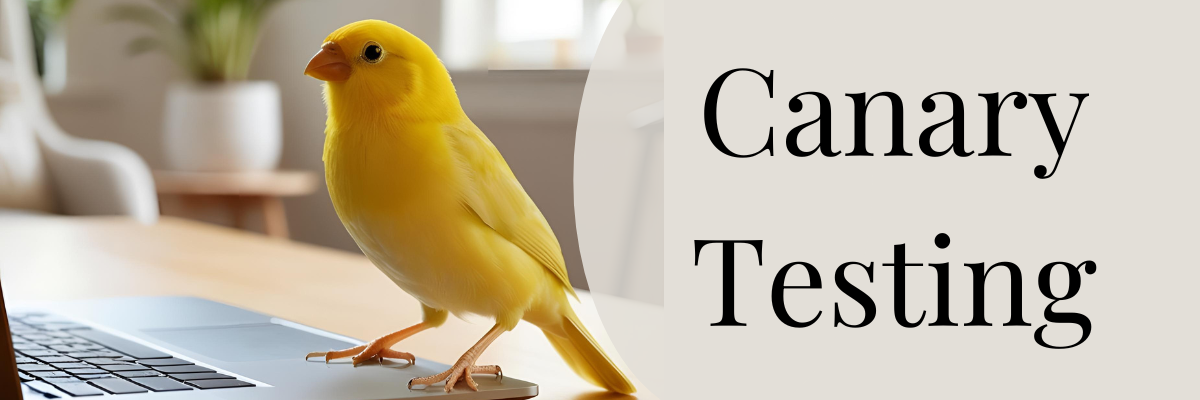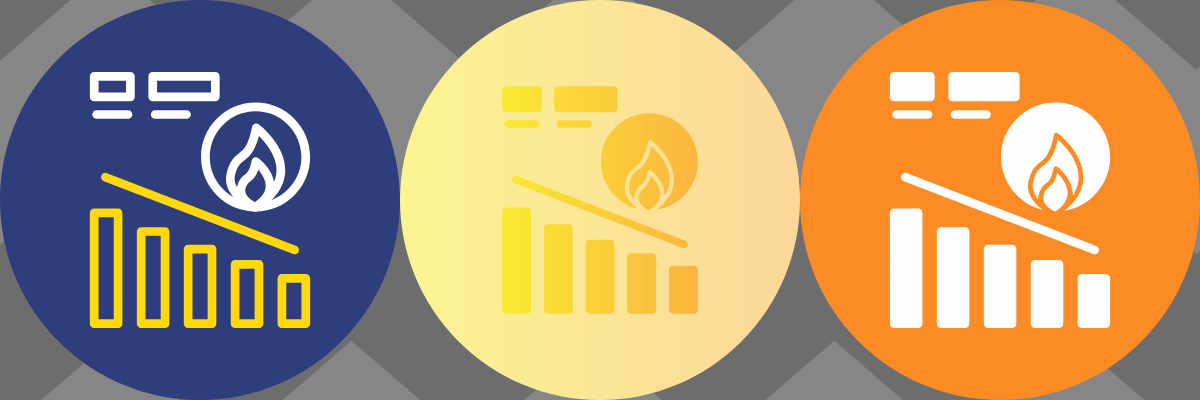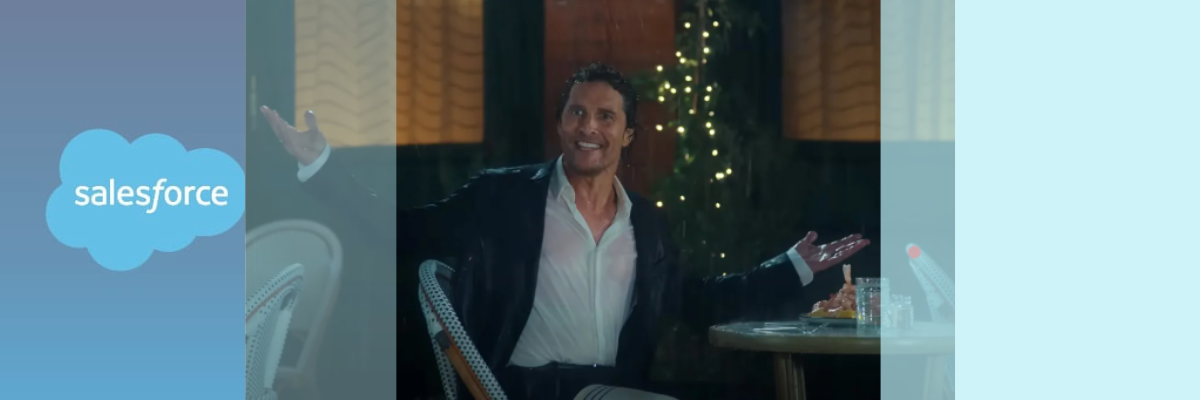Understanding Traditional Gantt Charts
Gantt charts have been a staple in project management for decades. They provide a visual representation of a project’s timeline, breaking it down into tasks, durations, dependencies, and milestones. A typical Gantt chart allows project managers (PMs) to:
- Plan project schedules by listing tasks and mapping dependencies.
- Monitor progress by tracking completed versus pending tasks.
- Adjust timelines based on project delays or changes.
Traditionally, PMs maintain Gantt charts manually using tools like Microsoft Project, Smartsheet, or Excel. This involves frequent updates, dependency checks, and manual recalculations whenever tasks shift. While effective, this process is time-consuming and prone to human error, especially in complex projects with multiple moving parts.
Introducing AI-Enhanced Gantt Charts
AI-powered Gantt charts take traditional project scheduling to the next level by incorporating machine learning, automation, and predictive analytics. These advanced tools not only visualize project timelines but also actively manage and optimize them.
How AI-Enhanced Gantt Charts Work
- Automated Updates – AI tracks task progress and updates schedules dynamically. If a delay occurs, dependent tasks are automatically rescheduled.
- Predictive Analytics – AI predicts project bottlenecks and suggests proactive mitigation strategies based on historical data and trends.
- Smart Dependency Management – AI identifies critical dependencies and adjusts them in real-time to minimize project risks.
- Resource Optimization – AI recommends resource allocation strategies based on workload distribution and availability.
- Scenario Planning – AI enables PMs to run “what-if” analyses to evaluate the impact of changes before implementation.
- Natural Language Processing (NLP) Inputs – Some AI-powered Gantt tools allow updates through chatbots or voice commands, making task adjustments more intuitive.
Who Benefits from AI-Enhanced Gantt Charts?
- Project Managers – Saves time on manual updates and reduces scheduling errors.
- Team Members – Receives real-time updates on task changes and dependencies.
- Executives – Gains predictive insights into project risks and overall progress.
- Stakeholders – Improved visibility into project timelines and deliverables.
Where Can a PM Find AI Gantt Charts?
Project managers seeking AI-enhanced Gantt chart tools have several options to consider:
- Gantt Chart AI: This platform allows users to create professional Gantt charts in seconds using natural language descriptions. By simply describing your project, the AI generates a comprehensive chart, streamlining the planning process. (ganttchart.ai)
- Tom’s Planner: With its AI-powered project planning feature, Tom’s Planner enables users to input a brief project description and receive a complete, ready-to-use project plan within minutes. This tool simplifies the setup of complex projects by automating the breakdown of tasks and timelines. (tomsplanner.com)
- Instagantt: Instagantt’s AI Assistant facilitates rapid project setup by generating detailed Gantt charts based on user prompts. By entering a simple description, the AI creates a fully organized chart with tasks, timelines, and dependencies, reducing manual effort. (instagantt.com)
- EdrawMax: This tool offers an AI-powered Gantt chart maker that provides rich templates and an intuitive interface. Users can analyze and modify Gantt charts using AI features to enhance project management efficiency. (edrawmax.wondershare.com)
- ClickUp: ClickUp’s AI Assistant, known as ClickUp Brain, assists in generating Gantt charts by transforming project data into comprehensive timelines. It optimizes task scheduling and resource allocation, providing a clear roadmap for project execution. (clickup.com)
- Smartsheet: A cloud-based work management platform, Smartsheet offers AI capabilities to enhance project planning and collaboration. It provides various views, including Gantt charts, and integrates with other tools to streamline workflows. (theguardian.com)
When selecting an AI-powered Gantt chart tool, consider factors such as integration capabilities with your existing systems, user-friendliness, customization options, and the specific AI features offered to best meet your project management needs.
Recommendations for PMs: How to Adapt AI-Enhanced Gantt Charts
1. Choose the Right AI-Powered Tool
Look for project management tools with AI-driven scheduling capabilities, such as Asana, ClickUp, Monday.com, or MS Project with AI integrations.
2. Automate Data Input & Updates
Leverage AI features that integrate with other business tools (e.g., Jira, Slack, CRM) to keep Gantt charts updated automatically.
3. Use Predictive Insights for Risk Management
AI-powered Gantt charts analyze project data to predict delays—use this feature to preemptively adjust schedules and resources.
4. Train Teams on AI Features
Ensure that project teams understand AI-driven suggestions and automated updates to maximize adoption and efficiency.
5. Continuously Improve with AI Learning
AI systems improve with usage. Regularly review AI-driven recommendations and refine project workflows based on insights.
Conclusion
AI-enhanced Gantt charts are transforming project management by reducing manual workload, improving accuracy, and offering proactive decision-making capabilities. By adopting AI-powered scheduling tools, PMs can optimize project efficiency, minimize risks, and focus on strategic leadership rather than tedious administrative tasks.
Are you ready to upgrade your project management toolkit with AI-enhanced Gantt charts? Start exploring AI-powered solutions today and revolutionize the way you manage projects!
Read more from our blog:
Empathetic Leadership: The Hidden Superpower of Today’s Best Project Managers
Across industries and team dynamics, one leadership trait is quietly transforming teams, elevating p…
Leadership Lessons from Unexpected Places: What Project Managers Can Learn from Pilots, Chefs, and Athletes
Sure, project management loves its frameworks and certifications—but let’s be honest, no one ever go…
Oops! How to Recover From That Accidental Screen Share Slip-Up in a Work Meeting (Without Moving to a Remote Island)
We’ve all been there. One second you’re presenting quarterly numbers, and the next, your…
Writing a Project Status Report That Actually Gets Read (With Examples)
Let’s be honest: most project status reports collect dust in inboxes. They’re either too long,…
The MoSCoW Method: A Complete Guide to Prioritization in Project Management
Introduction Effective prioritization is key to delivering value on time and within budget. One of t…
Canary Testing: The Smart Way to Deploy Software with Minimal Risk
For many organizations, rolling out updates and new features comes with inherent risks. Even with ri…
The Rise of Adaptive Leadership: Thriving in Uncertain Times
Traditional leadership models often fail due to an ever-changing business landscape. The increasing …
The Rise of the Citizen Project Manager: How It Happens and How to Succeed
Introduction Project management is no longer confined to those with formal titles, certifications, a…
Marketing Project Management: What Makes It Unique?
Marketing project management is a dynamic and multifaceted discipline that blends creativity with st…
Understanding Burndown Charts in Project Management
Burndown charts are a staple in agile project management, providing a clear visual representation of…
Overcoming Parkinson’s Law
Time is more than just a resource—it’s a competitive advantage, yet, despite best efforts, inefficie…
Salesforce’s Agentforce Super Bowl Ad: How AI Saved Woody Harrelson from a Travel Meltdown (and Left McConaughey Soaked)
So What is Agentforce? Before we dive into the hilarious catastrophe that unfolded in Salesforce’s S…











